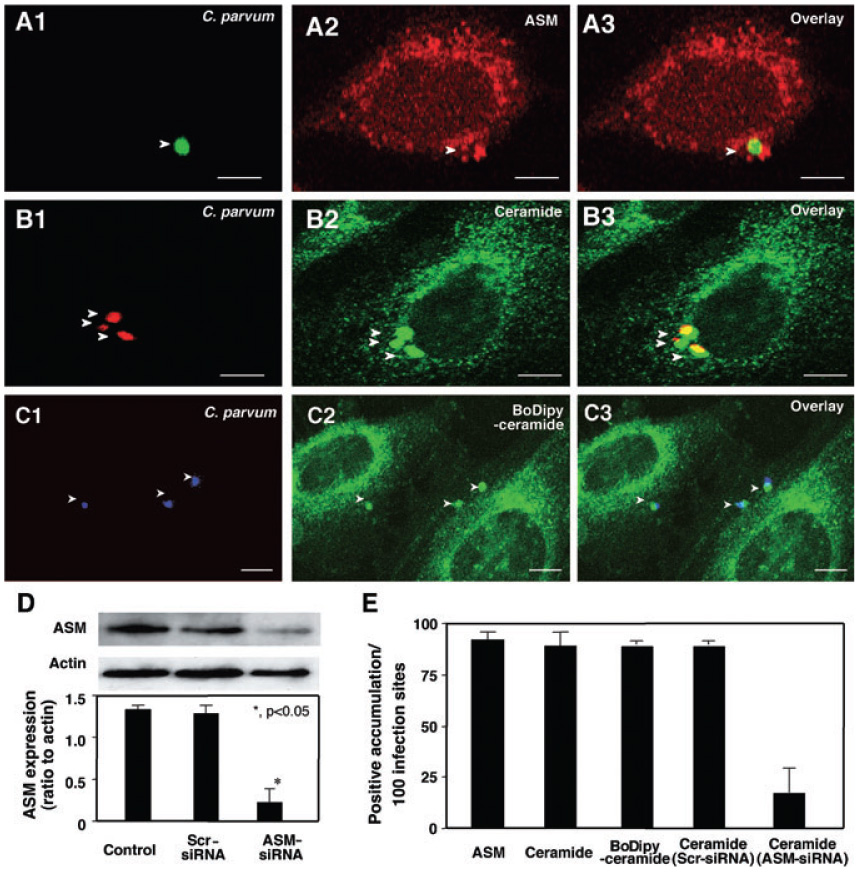Fig. 2. Cryptosporidium parvum recruits host-cell ASM and ceramide to infection sites.

A–C. H69 cells were infected with C. parvum and labelled with antibodies to ASM or ceramide or BoDipy-ceramide followed by fluorescent microscopy. C. parvum was labelled using an specific antibody [arrowheads in (A1)–(C1)]. Accumulation of ASM [arrowhead in (A2) and (A3)] and ceramide [arrowheads in (B2) and (B3)] was observed at infection sites. Accumulation of ceramide was further confirmed by the recruitment of BoDipy-ceramide to infection sites [arrowheads in (C2) and (C3)]. Bar = 5 µm.
D. Suppression of ASM protein expression in H69 cells by ASM-siRNAs was confirmed by Western blot analysis. H69 cells were transfected with 10 nM ASM-siRNA and corresponding scrambled siRNAs for 24 h followed by Western for ASM and actin. Representative immunoblots and quantitative analysis show a significant suppression of ASM protein levels by ASM-siRNA but not scrambled siRNAs. *P < 0.05, compared with control.
E. Quantitative analysis as determined by number of sites with positive accumulation per 100 infection sites.
